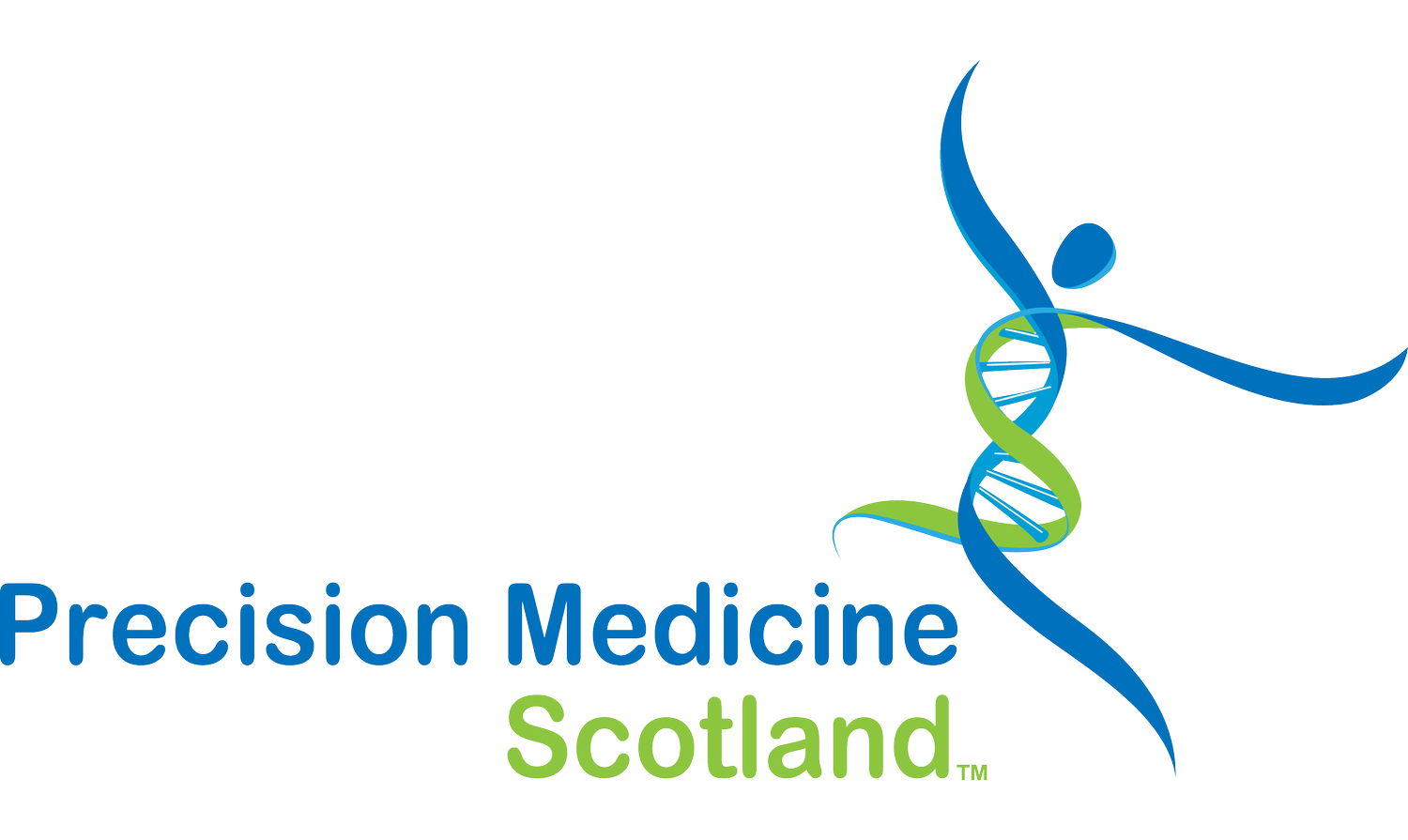Precision Medicine can improve the outlook for patients with ovarian cancer
This article appeared in The Herald on 29th April 2022
As many of the symptoms of ovarian cancer can be mistaken for less harmful conditions it is often diagnosed at a later stage when treatment is much less likely to be successful. Of the 7,500 new ovarian cancer cases recorded in the UK every year, one third of women do not currently survive beyond the first year of their diagnoses. A lot needs to be done to improve outcomes for women diagnosed with ovarian cancer, and precision medicine has a key part to play in that.
As Chief Executive of the Precision Medicine Scotland-Innovation Centre (PMS-IC) I lead a team whose aim is to accelerate the advancement and adoption of precision medicine within NHS Scotland. Our recent collaborative research project with University of Edinburgh, NHS Lothian, NHS Tayside, NHS Grampian and NHS Greater Glasgow & Clyde researched the genes affecting the ability of women with ovarian cancer to repair structural variation to the DNA in their cells, demonstrating that precision medicine has a key role in improving the treatment for patients with the disease.
We were not only able to fund the first stages of this project, but also offered sequencing and project management expertise and support which then attracted funding for a second stage enabling the project to discover how women with certain genetic variations would respond to treatment. This important work into the sequencing of the genes responsible for ovarian cancer, will allow clinicians to prescribe treatment or recommend clinical trials, tailored to the individual patient.
The research examines the Structural Variants at the BRCA1/2 genes that are a common source of Homologous Recombination Deficiency (HRD) in High-grade Serous Ovarian Carcinoma, affecting around 50% of patients. This deficiency reduces the ability for a cell to repair it’s DNA and the demonstration of BRCA1/2 loss and detection of HRD are crucial in the management of high-grade serous ovarian, breast, pancreatic, and prostate cancer to identify patients whose outcome is markedly improved by the administration of PARP inhibitors. The paper was recently published in Clinical Cancer Research by Ailith Ewing.
Improving the knowledge of genetic variants that predict how women with ovarian cancer will respond to prescribed drugs can make a crucial difference in treating the disease. The paper’s findings not only shed a light on the mutational landscape underlying HRD, but also increase the number of patients predicted to benefit from therapies exploiting HRD and suggest there is currently untapped potential in detecting variants when examining the data of the patient population.
The team in place in Scotland is now gaining interest from pharmaceutical companies and, thanks to our support and enablement, has secured further funding to continue its research. This project demonstrates the importance of collaboration and how sequencing will allow better decisions to be made when treating ovarian cancer. Bringing efficient, accurate and timely care to patients, which is more cost effective for the NHS.
Since it was set up in 2013, Precision Medicine Scotland has supported projects covering conditions such as: multiple sclerosis, oesophageal cancer, COPD, asthma, rheumatoid arthritis and liver disease. The adoption of precision medicine is very much on the Government’s agenda. PMS-IC is the hub connecting NHS clinicians, academia and industry to encourage collaboration and future investment in precision medicine projects.
“PMS-IC’s work can create more treatment options for women with ovarian cancer and other life-threatening conditions and transform the future of healthcare through better diagnostics, tailored treatment options and earlier intervention.”


